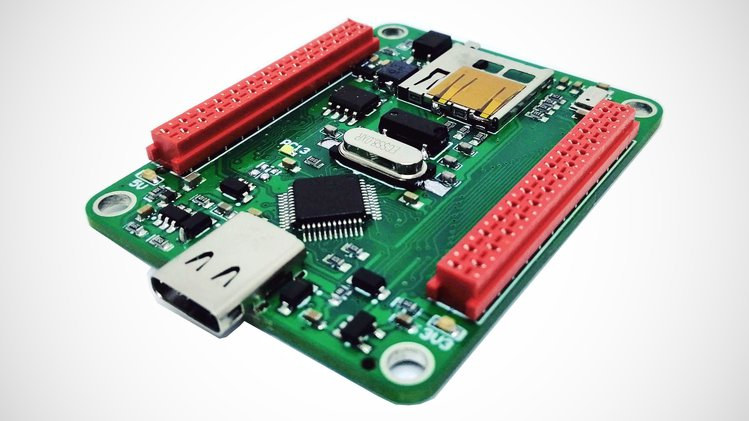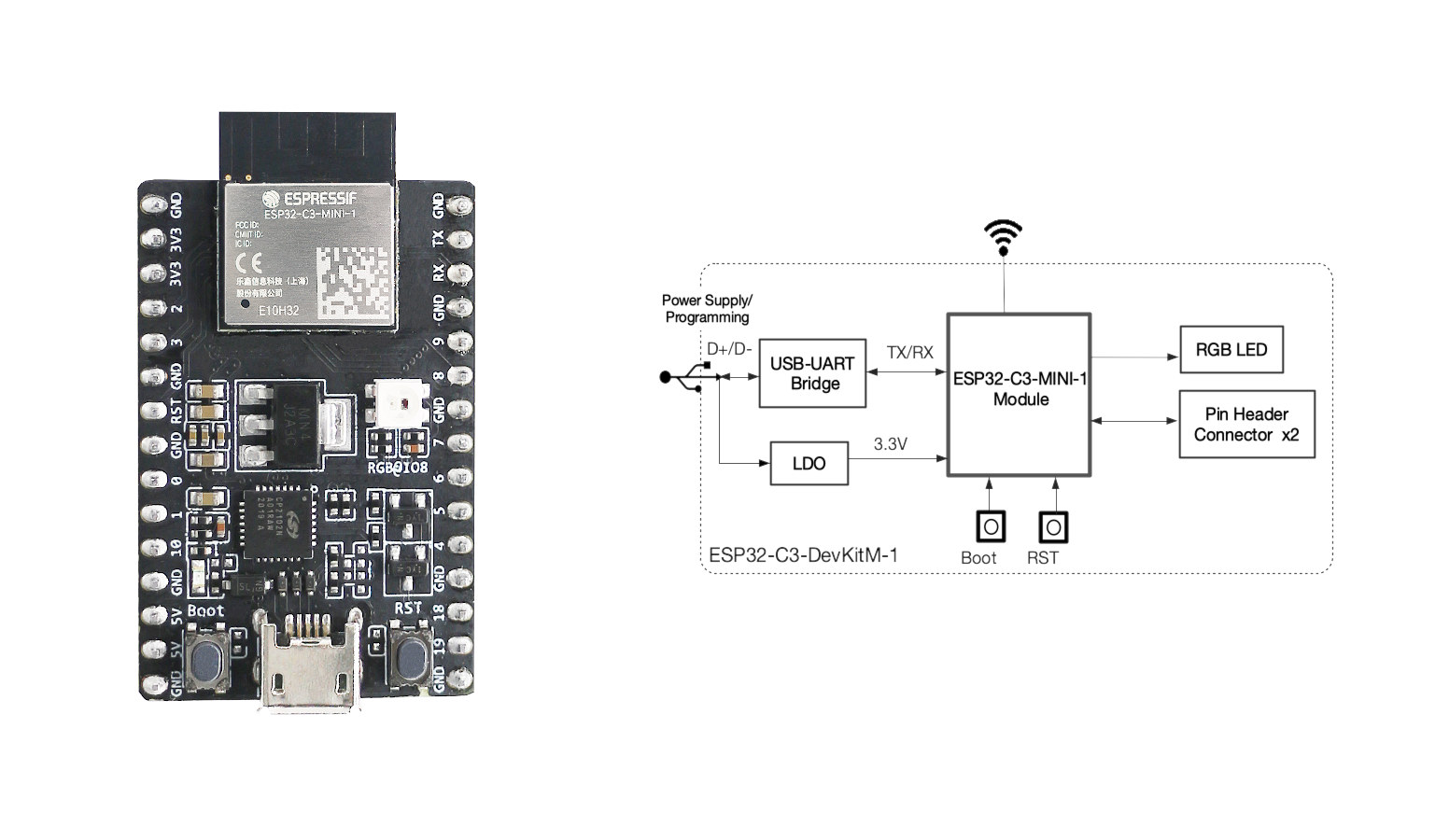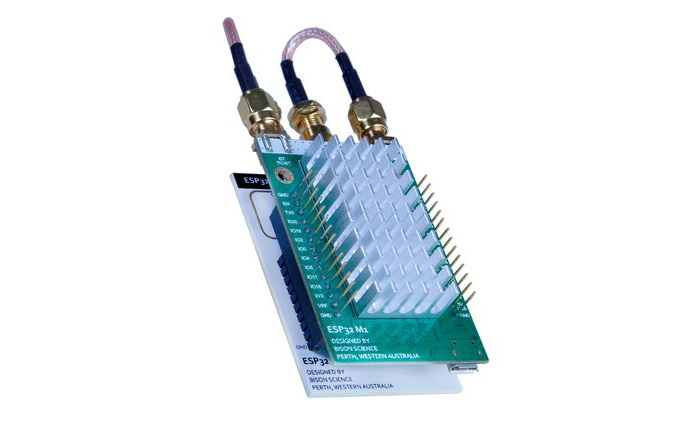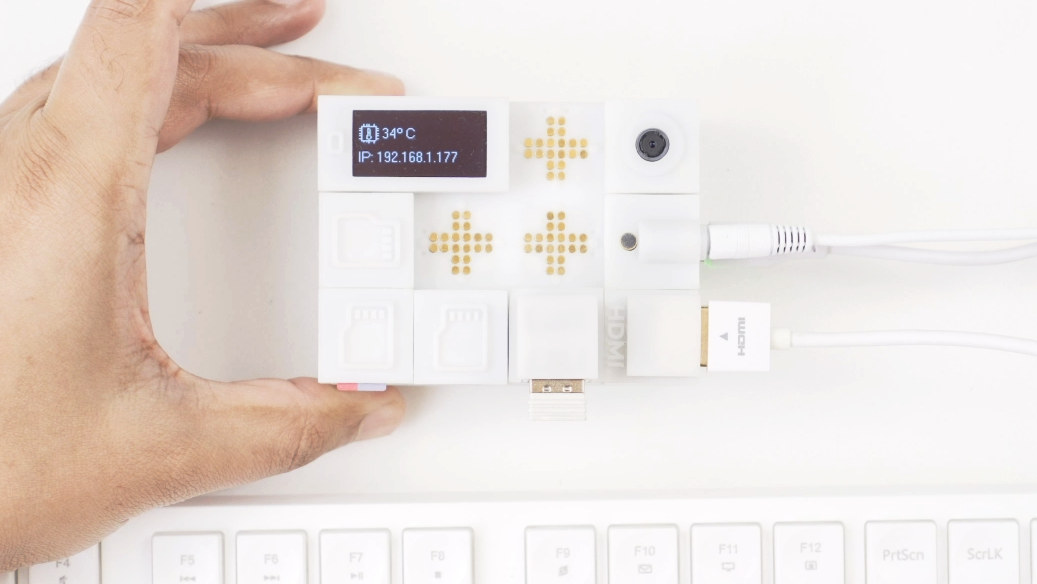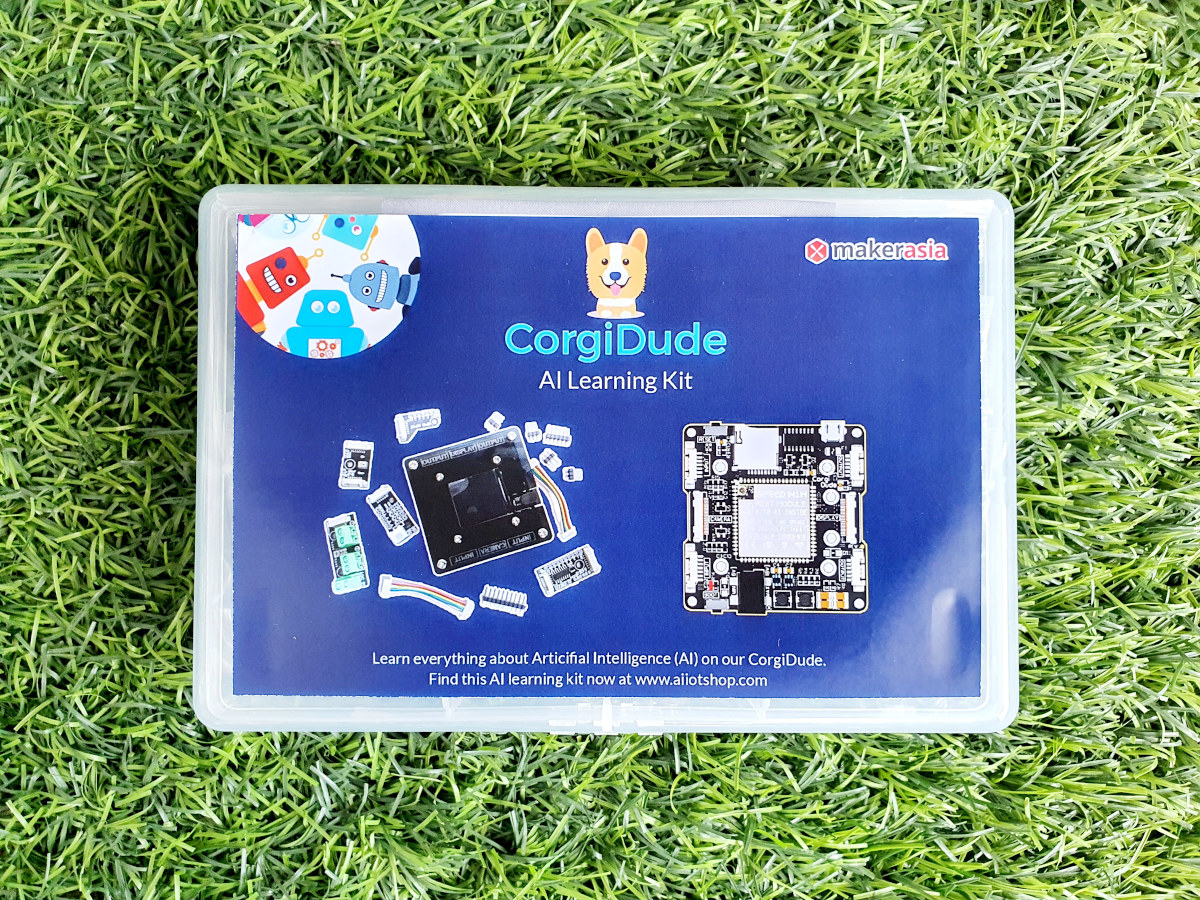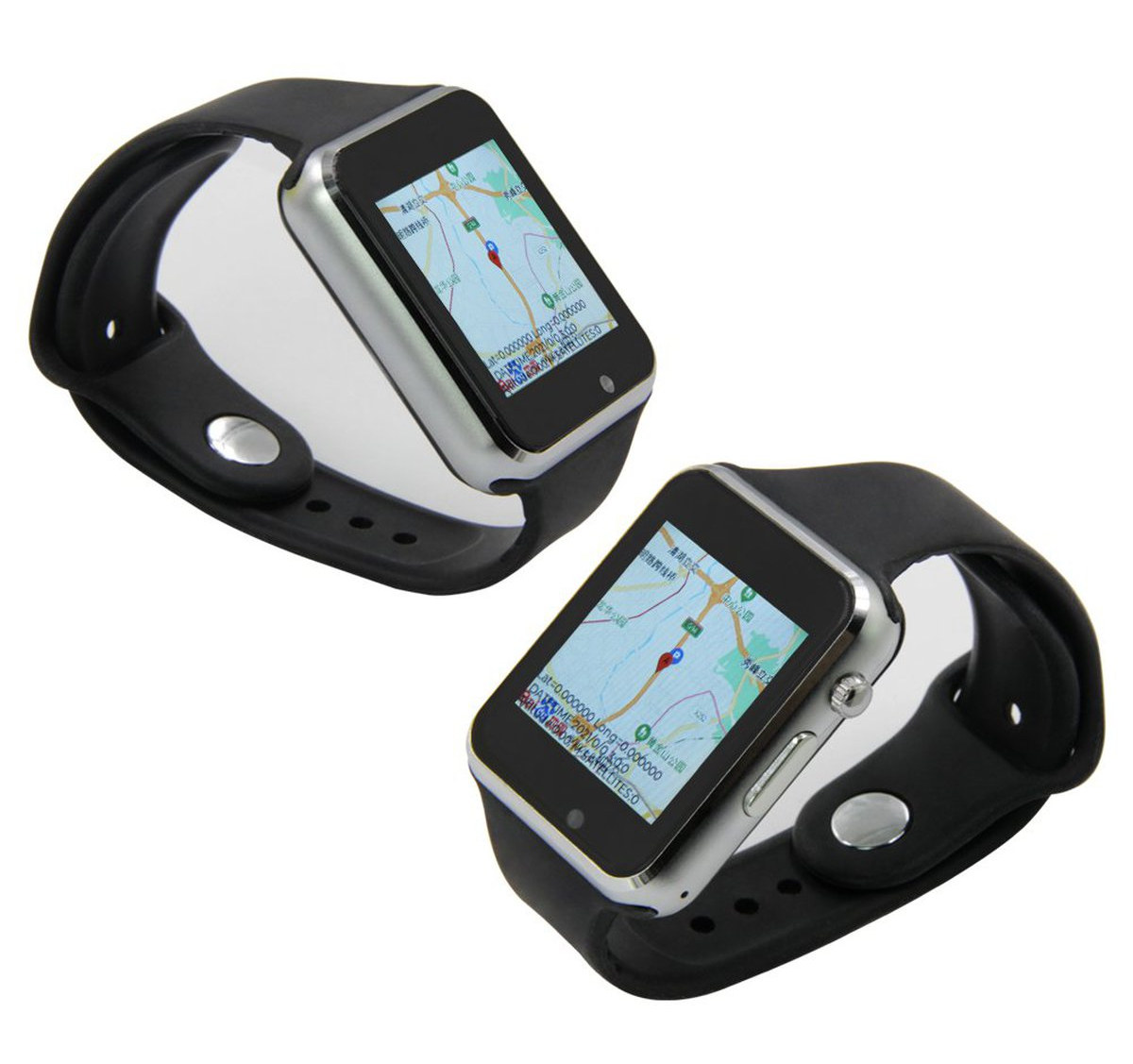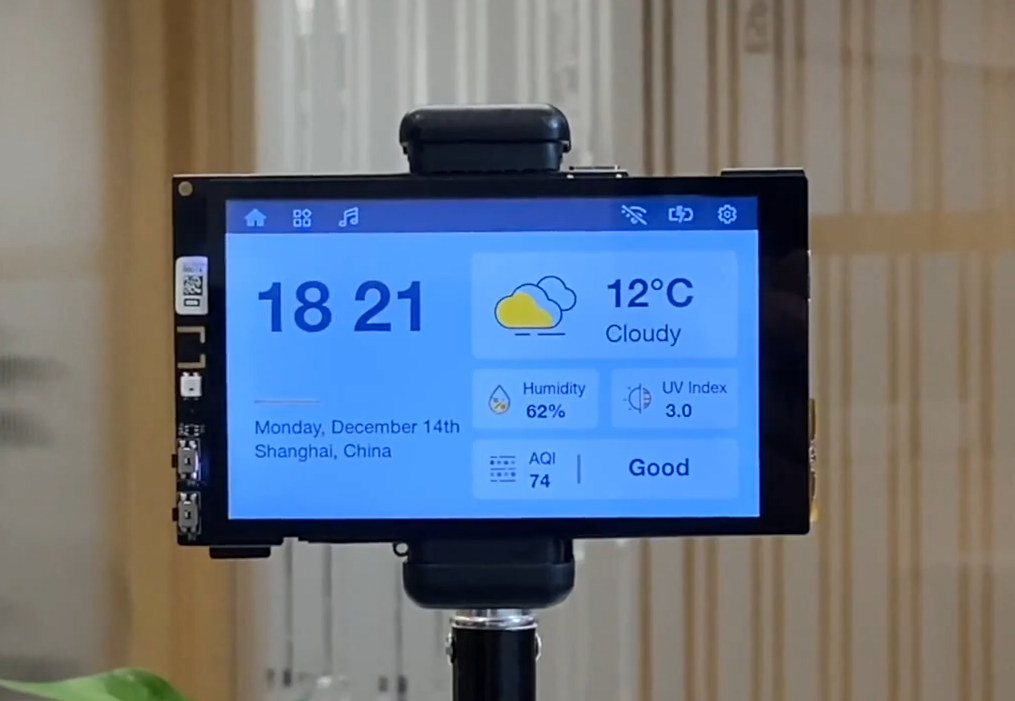If you are looking to connect to a vehicle’s CAN bus, then the newly launched open-source board::mini development tools include a board and expansion boards that will aid your application. BMC labs have introduced a development board based on the STM32 MCU and supporting expansion boards to increase the capabilities of the baseboard via a crowdfunding project. As mentioned earlier, the board:mini base development board features an STM32 MCU at its heart and comes with a CAN transceiver. For those who do not know what a CAN transceiver is, it just transmits and detects data on the CAN bus. The board:mini project also includes three expansion boards designed to fit on top of the base development board. The bmc::board project was born to produce development tools appropriate for both field- and industrial-prototyping work. These boards were not designed to sit on a workbench. We ourselves have a habit of strapping […]
ESP32-C3-DevKitM-1 RISC-V WiFI & BLE board to launch for $8, modules for $1.8+
ESP32-C3 may be one of the most expected RISC-V processors in the IoT world, as it’s eventually expected to sell for the same price as ESP8266 and offers both WiFi and Bluetooth LE connectivity. Some engineering samples of the chip. modules and boards were distributed to developers shortly after the announcement at the end of the last year, but now it appears ESP32-C3-DevKitM-1 board will become available for $8 next month from distributors such as Mouser or DigiKey. Since I’ve never written about ESP32-C3-DevKitM-1 board let’s check out the specifications: Wireless module – ESP32-C3-MINI-1 with ESP32-C3FH4 (105°C) or ESP32-C3FN4 (85°C) 32-bit RISC-V single-core processor, up to 160 MHz, 4 MB embedded flash, 384 KB ROM, 400 KB SRAM (16 KB for cache), 8 KB SRAM in RTC Connectivity – 2.4 GHz 802.11b/g/n Wi-Fi 4 & Bluetooth LE 5.0 USB – 1x Micro USB port for power and programming via USB-UART […]
Long range ESP32 Wi-Fi development board promises up to 1.2km range (Crowdfunding)
WiFi is not really designed for kilometer range transmission, but CNLohr previously demonstrated 1km range with ESP8266, and some directional antennas are sold to expand the WiFi range. Bison Science’s ESP32-M1 Reach Out WiFi development board has been specifically designed for long-range connectivity with up to 30 dBm (1W) transmit power and support for various types of antennas for a 1.2-kilometer range, even tested up to 1.5km in a clear day. ESP32-M1 Reach Out features and specifications: WiSoC – Espressif Systems ESP32-D0WDQ6 dual-core processor @ 240 MHz Storage – 32 Mbit flash Connectivity 2.4 GHz Wi-Fi 4 802.11 b/g/n Bluetooth 4.2/5.x Classic and Bluetooth Low Energy (BLE) QPF4219 PA (Power Amplifier) and LNA (Low Noise Amplifier) Wi-Fi RF front end (RFFE) from Qorvo with 33 dB PA gain and 15 dB LNA gain Wi-Fi transmit output power adjustable from 21 to 30 dBm (1 W) conducted Wi-Fi front end bypass […]
Pockit modular Linux computer takes hot plugging magnetic blocks
There have been attempts to create modular computers and smartphones to reduce electronics waste and improve user-serviceability over the years with initiatives and products like Google Project Ara, PinePhone and Fairphone3 smartphones, DevTerm mini computer, Olimex TERES-I laptop, and many more. Here’s another modular computer project that looks really cool. Pickit modular computer is comprised of an STM32+ESP32 based mainboard with a socket for an optional Raspberry Pi Compute Module 3. The board includes magnets and electrical contacts to snap and hot-plug modules/blocks while the computer is running. The video demo embedded further below, is really impressive, but let’s check out Pockit preliminary specifications first: MCU – STMicro STM32 microcontroller Wireless MCU – ESP32 dual-core processor with WiFi and Bluetooth LE CPU module – Socket for Raspberry Pi Compute Module 3 Expansion 24+ feature BLOCKS ready to use with instant connection using magnetic-snaps including Ethernet, Display (HDMI), audio, sensor modules […]
Made in Thailand CorgiDude RISC-V AI board aims to teach machine learning
There’s a relatively small but active maker community in Thailand, and we’ve covered or even reviewed some made in Thailand boards including ESP8266 and ESP32 boards, a 3G Raspberry Pi HAT, and KidBright education platform among others. MakerAsia has developed CorgiDude, a board based on the version of Sipeed M1 RISC-V AI module with built-in WiFi, and part as a kit with a camera and a display used to teach machine learning and artificial intelligence with MicroPython or C/C++ programming. CorgiDude board specifications: AI Wireless Module – Sipeed M1W Module with Kendryte K210 dual-core 64-bit RISC-V RV64IMAFDC CPU @ 400Mhz with FPU, various AI accelerators (KPU, FFT accelerator…), 8MiB on-chip SRAM Espressif ESP8285 single-core 2.4 GHz WiFi 4 SoC plus IPEX antenna connector Storage – MicroSD card slot Camera I/F for 2MP OV2640 sensor up to 1280 × 1024 (SXGA) @ 30 fosm SVGA @ 30 fps, or CIF @ […]
Pack of 4 ESP8266 smart plugs sold for $13.49 (Promo)
There’s currently a promotion on Amazon for a pack of four ESP8266 smart plugs that are ETL and FCC certified, and sold for $13.49, or around $3.5 per socket. In order to apply for the discount, you’ll need to the Amazon product page, tick on “Save an extra 20% when you apply this coupon.”, and enter the coupon code “ABVYP87G“. Once this is all done the price will be $13.49 shipped within the US. The plug works in the 100-240V range, but when shipping outside of the US, you’ll need to pay extra for shipping and provisions for customs duties. Gosund WP3 key features: 2.4 GHz WIFI connectivity Rated Voltage: 100 – 240V Rated Current: 10A Max AC Frequency: 50/60Hz Max power: 1100W Operating Temperature – -10 ~ 60°C If you have no interested in running proprietary software, you’ll be happy to know Gosund WP3 smart plugs are compatible with […]
Arduino WiFi & Bluetooth watch adds GPS, MicroSD slot, loses audio amplifier
LilyGO introduced the ESP32 powered T-Watch-2020 smartwatch last year with a slim form factor, a 1.54-inch LCD capacitive touch screen, WiFi & Bluetooth connectivity, and support for Arduino. In February, we noted TTGO T-Watch-2020 V3 with a built-in microphone to enable voice control, but the company has just listed TTGO T-Watch-2020 V2 adding GPS and a MicroSD card slot on its Aliexpress store for around $33. TTGO T-Watch-2020 V2 specifications: SoC – Espressif ESP32 dual-core wireless processor with 520KB SRAM System Memory – 8MB PSRAM Storage – 16MB QSPI flash, MicroSD card slot Display – 1.54-inch LCD capacitive touch screen Audio – Max98357 Class-D amplifier, buzzer/speaker Connectivity 802.11b/g/n WiFi 4 and Bluetooth 4.x/5.1 via ESP32 Quectel L76L module for GNSS (GPS, Beidou,GLONASS, QZSS) Sensors – BMA423 three-axis accelerometer with built-in step counting algorithm, activity recognition/tracking, advanced gesture recognition. Expansion – 13-pin 0.3mm pitch FPC expansion socket (shared with MicroSD card […]
ESP32-S2-HMI-DevKit-1 development kit ships with 4.3-inch touch display, 1,950mA battery
Espressif Systems ESP32-S2 single-core WiFi processor features an RGB LCD interface that makes it suitable for multimedia applications, and about two years ago, ESP32-S2-Kaluga-1 Multimedia Development Board was introduced with a touchscreen display & a camera. But now the company has launched another ESP32-S2 based development kit specifically designed for HMI (human-machine interfaces) found in smart home automation controllers, smart speakers with display, smart alarm clocks, and so on. Meet ESP32-S2-HMI-DevKit-1 equipped with a 4.3-inch color LCD display and a touch panel. ESP32-S2-HMI-DevKit-1 specifications: Wireless module – ESP32-S2-WROVER module with ESP32-S2 Xtensa single-core 32-bit LX7 microprocessor, up to 240 MHz with 128 KB ROM, 320 KB SRAM, WiFi 4 connectivity, 4MB flash, 2MB PSRAM Storage – Micro SD card slot Display – 4.3-inch display with 800×480 resolution, I2C capacitive touch panel Audio – Audio amplifier, built-in microphone, speaker connector USB – 1x USB-C OTG (DFU/CDC) port, 1x USB-C debug port […]


